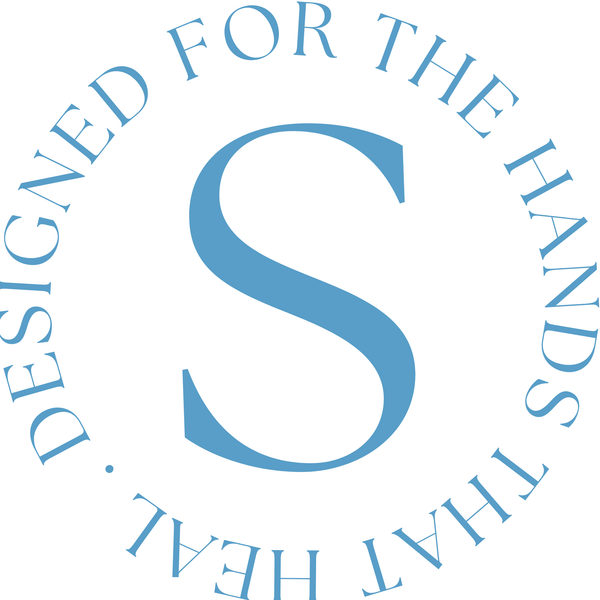
The Impact of Color Psychology in Healthcare Uniforms
The Impact of Colour Psychology in Healthcare Uniforms
By Courtney Kidgell
In healthcare, every detail matters—and that includes the colours professionals wear. Uniform colours may seem like a simple design choice, but they have a profound psychological impact on both wearers and patients. Colour can influence mood, perception, and even behaviour, making it a powerful tool in medical environments.
At Shpickle, we believe that what you wear can support how you feel and how effectively you perform. That’s why our scrubs are more than just functional—they’re designed with colour psychology in mind. Take blue, for example: a staple in healthcare attire, blue communicates calm, trust, and stability. It’s no surprise that it's frequently chosen for high-stress settings like emergency departments and intensive care units, where maintaining a sense of calm can be vital.
Green, often worn in surgical settings, is associated with healing, balance, and renewal. It’s soothing to the eyes and reduces glare under bright surgical lights—making it a favourite among surgeons and operating room staff. Pastels like mint or lavender are ideal for maternity wards and paediatric departments, where a soft, gentle appearance helps comfort anxious patients and families. On the other hand, bold, energetic colours like Raspberry pink or Persian blue can uplift and empower the professionals wearing them, offering a boost of confidence and personality during long, demanding shifts.
Understanding the influence of colour helps us design scrubs that support every aspect of a healthcare professional’s role—from clinical performance to emotional resilience. At Shpickle, we carefully curate our colour palette with intention, so every uniform contributes to a professional, positive, and supportive healthcare environment.
